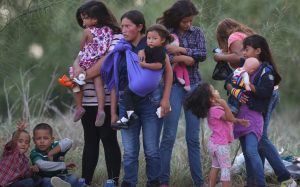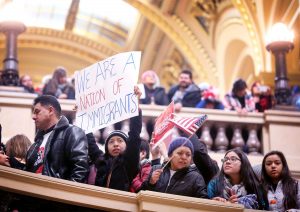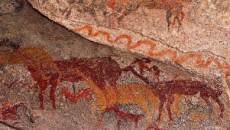LatinaLista — Given the major news over the last several days about Hurricane Ike and the downfall of major Wall Street players, it’s not surprising that the expulsion of the U.S. ambassador to Bolivia and the fighting that is occurring in that country was missed by a lot of U.S. Americans.
Yet, even if people heard the news, the most that was probably done was to skim the article or only half hear the news broadcast.
After all, Bolivia is over THERE, not HERE!
From past experience, we know how damaging such an attitude can be when it comes to knowing what’s going on in the rest of the world.
Thanks to some great work by the Democracy Center, under the leadership of Jim Shultze, a clear picture of what is happening in Bolivia is emerging. Since the Democracy Center has maintained a presence in Bolivia, Shultze is able to explain with authority the history leading up to the present-day conflict and what it’s all about.
From the Democracy Center’s “Blog from Bolivia”:
Bolivia at the Abyss: A Special Report
At least twenty-five people are dead as the result of political violence. It is unclear if the nation will be able to steer clear of open civil war. The Bolivian and U.S. governments have taken turns kicking one another’s ambassadors out of the country. The Presidents of virtually every nation in South America are convening in an emergency summit in Chile on Monday morning, with one of them calling this moment the biggest threat to a democracy on the continent since the bloody coup that installed Augusto Pinochet in power there in 1973.
This is the state of things in Bolivia and in Latin America as I write.
The Road to Confrontation
Bolivia’s steady path to bloody conflict did not begin this week.
The nation in the heart of South America bears the distinctions of being both the continent’s most impoverished, as well as the most indigenous country in all of the Americas. Going back to the Spanish conquest, Bolivia’s indigenous majority has always been driven to the political and economic margins, ruled by a whiter and wealthier elite in a political culture not unlike South Africa during apartheid.
That political imbalance began to change dramatically in 2000 with the now-famous Cochabamba Water Revolt. The Revolt, in which citizens took to the streets to take back their public water system from the Bechtel Corporation, signaled a rising up of the nation’s most impoverished against economic policies imposed on the country in the 1990s by an alliance of wealthy leaders and global institutions in Washington, including the World Bank and International Monetary Fund.
In December 2005 the rise of Bolivia’s impoverished and indigenous led to the landmark election of the country’s first indigenous President, Evo Morales. And in turn Morales’ arrival in power cemented and exploded the deep divisions between the country’s wealthier eastern states and poorer western ones. Battles over a proposed new constitution, regional autonomy, land reform, and the division of new gas and oil revenue blew up into violent conflicts over and over again.
Last May, Morales, accepted a challenge from some of his opponents to put his political mandate, and theirs, to the test with an August 10th recall vote. Morales won that ballot with a huge 67% of the vote. That result and Morales’ declaration that he would seek a national vote on his proposed constitution further radicalized his opposition in the eastern states.
On Tuesday, mobs of youths egged on by the region’s political leaders ransacked and burned key offices of the national government in Santa Cruz, Bolivia’s wealthiest department. On Wednesday the violence spread to the state of Tarija where mobs of Morales opponents invaded and destroyed the office of a local indigenous organization, leaving at least 80 people wounded.
Then on Thursday came the massacre in Pando, one of the country’s smallest states but one controlled by the most violent opponents of the government. A group of indigenous campesinos, backers of Morales, headed to the local capital for a meeting, were ambushed by armed backers of the local Governor. The current body count from that attack is now 25 and climbing as more corpses are discovered in the surrounding fields. The Bolivian press has reported that machine guns were among the weapons used.
Though Bolivia may be considered third world country, it deserves our rapt attention because it’s but one more Latin American country that is experiencing internal conflict and which sits on the doorstep of this country. All Americans owe it to themselves to stay informed and the reasons why for bloodshed in our neighboring countries.
As we so expertly know but often forget, we are not immune to violence.
Finish reading Bolivia at the Abyss: A Special Report





